Best Cold Weather Places to Retire
Some like it hot; others, not so much. Here are the 12 best places to retire if you can't stand the heat.


Some like it hot; others not so much. If you dream of a retirement destination where you get to bundle up for long winters and enjoy jacket weather in the summertime, then it's time to head north.
Many of the following locales offer an abundance of winter activities, such as skiing and snowshoeing, as well as several other year-round benefits, including lower taxes and affordable living costs.
To determine the best cold weather places to retire, Kiplinger looked at average temperatures, cost of living, the share of the population age 65 and older and Kiplinger's ratings of tax friendliness. Check out these extra-cool spots if you want to chill out when you retire.
From just $107.88 $24.99 for Kiplinger Personal Finance
Become a smarter, better informed investor. Subscribe from just $107.88 $24.99, plus get up to 4 Special Issues

Sign up for Kiplinger’s Free Newsletters
Profit and prosper with the best of expert advice on investing, taxes, retirement, personal finance and more - straight to your e-mail.
Profit and prosper with the best of expert advice - straight to your e-mail.
Estimates of living costs for retirees, where available, come from Best Places to Live. Populations are from the U.S. Census Bureau. Home values are from Zillow. Crime statistics are from the FBI. Average temperatures are from The National Oceanic and Atmospheric Administration (NOAA). Temperatures are given in degrees Fahrenheit. Retirement destinations are listed in alphabetical order by state. Heat factor data comes from Redfin.
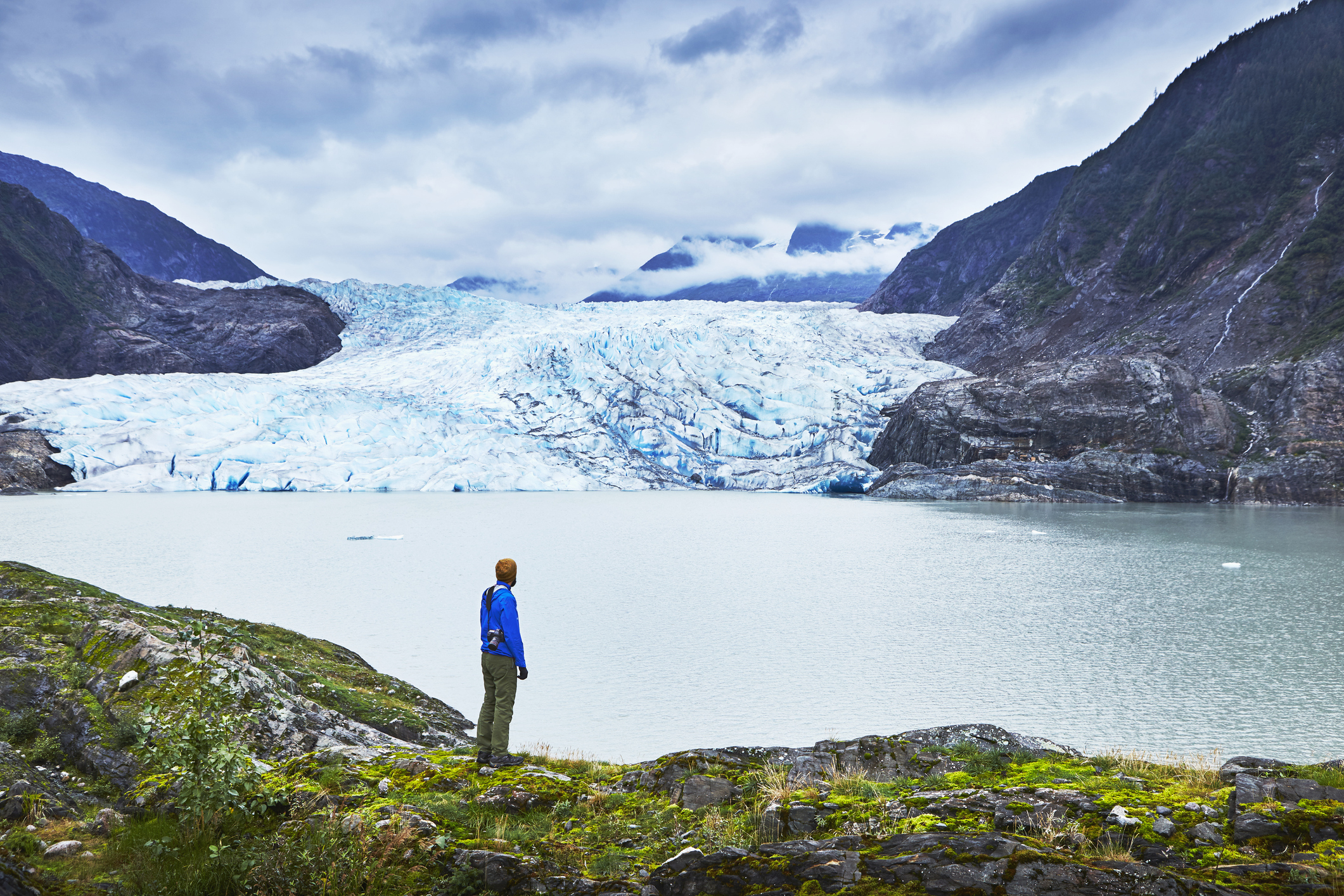
1. Juneau, Alaska
- Average low temperature in January: 25
- Average high temperature in July: 64
- Cost of living: 13% above U.S. average
- Share of population 65-plus: 15%
- Alaska State Tax Guide
- Heat factor: Minor; 94% of properties are at minor risk of heat in the next 30 years
Seniors seem interested in facing the Last Frontier in retirement; 15.1% of the state's population is age 65 and older. If you crave adventure — and don't mind long winters and vast swaths of wilderness — it pays to live in Alaska. Literally. The state's oil wealth savings account gives all permanent residents an annual dividend. The 2025 payout is $1,702 per recipient.
Alaska has no state income tax or sales tax (although municipalities might levy a local sales tax), and the state doesn't tax Social Security or other retirement benefits. Alaska is also one of the states with no inheritance or estate tax.
"When you’re thinking about what it’s like to live in Alaska, there are tons of reasons why you’re going to want your loved one to live here," states Baxter Senior Living. "Starting with the beautiful front-row view of the Northern Lights to the ability that they have when it comes to seeing wildlife up close and personal at any given time."
The capital city offers seniors an additional tax perk. For $20, residents age 65 and older can purchase a card that exempts them from the local 5% sales tax. It entitles you to free bus rides, too.
Additionally, if you're 65, you might also be eligible for a senior citizen real property tax exemption up to the first $150,000 of assessed value. Disabled military veterans with a VA disability rating of 50% or greater might also be eligible for a disabled veteran real property tax exemption.
Naturally, Juneau offers endless outdoor activities, from kayaking to whale watching, as well as a charming downtown. In the winter, you'll have the opportunity to glimpse the incredible Northern Lights.
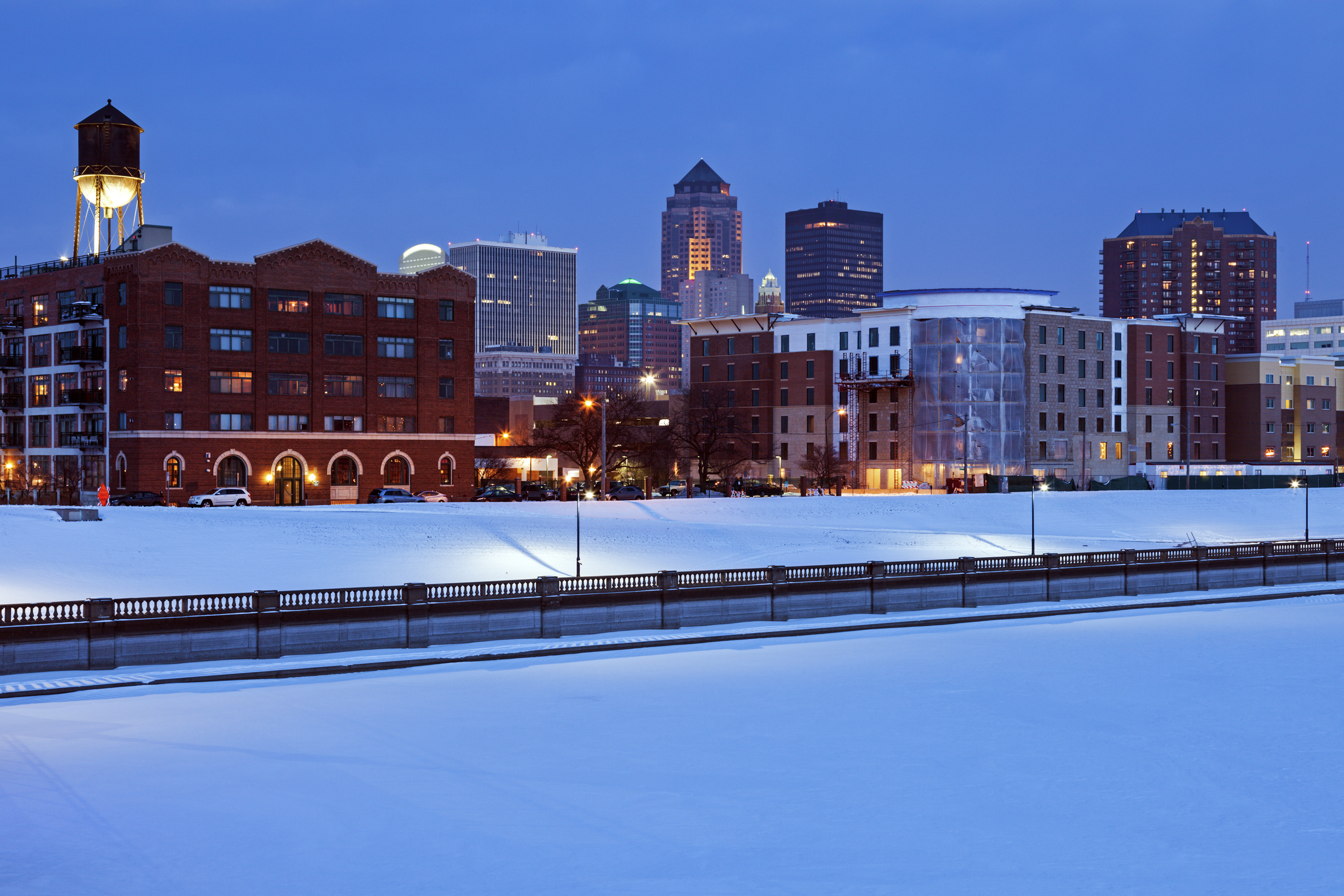
2. Des Moines, Iowa
- Average low temperature in January: 13
- Average high temperature in July: 86
- Cost of living: 13.4% below U.S. average
- Share of population 65-plus: 12.5%
- Iowa State Tax Guide
- Heat factor: Moderate; 99% of properties are at moderate risk of heat in the next 30 years
There are retirement destinations of all sizes to choose from in Iowa. For retirees looking to live in a big city on a small budget, Des Moines is a good choice.
Along with affordability, Des Moines also boasts a strong economy, numerous museums and arts venues, and plenty of health care facilities specializing in aging-related services.
The average Des Moines home value is $210,105, compared with the average U.S. home value of $367,711. Property taxes in Iowa are reasonable, and there's no tax on traditional retirement benefits. Median property tax bills fall around $4,000.
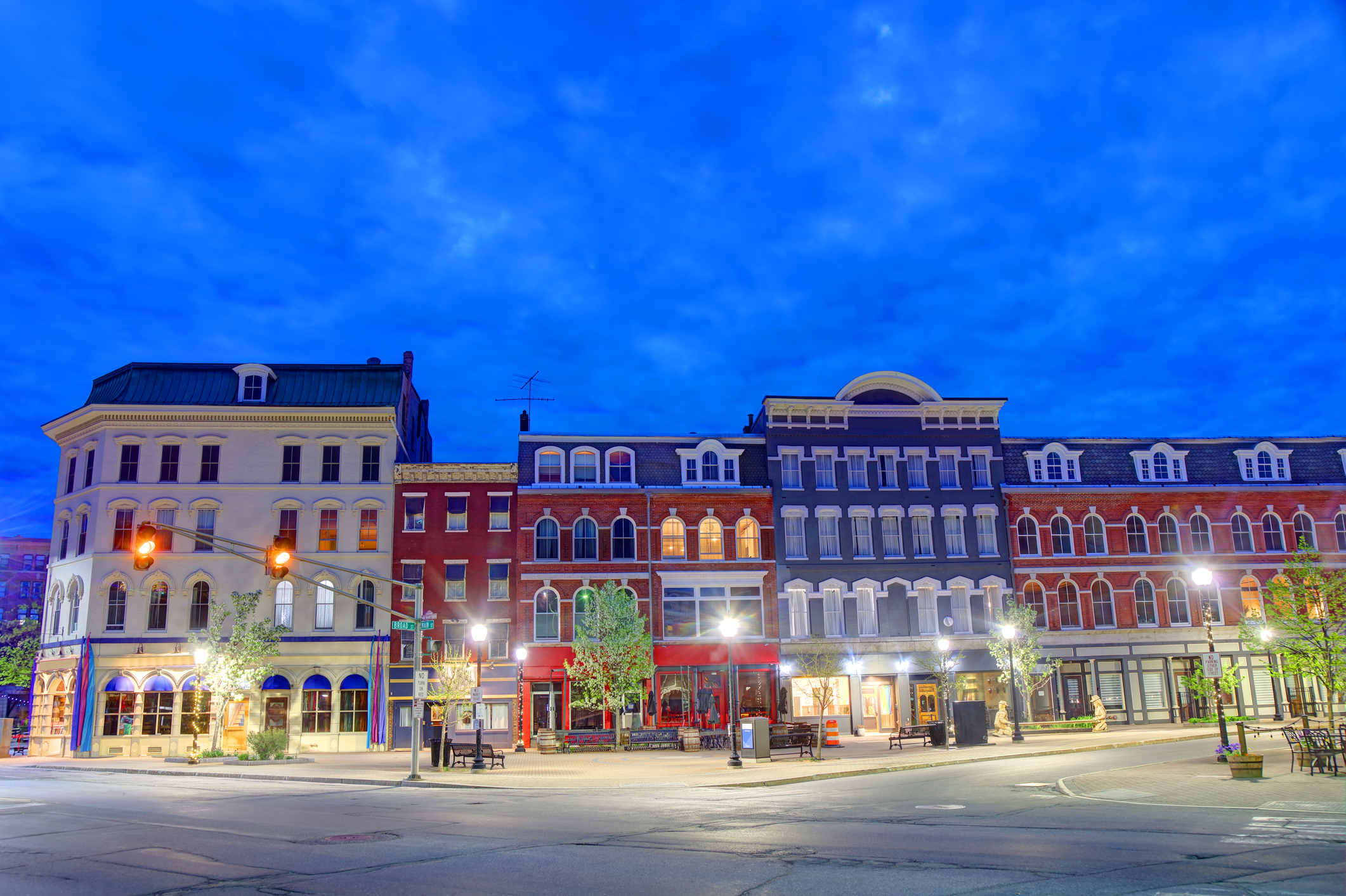
3. Bangor, Maine
- Average low temperature in January: 9
- Average high temperature in July: 82
- Cost of living: 14.3% below U.S. average
- Share of population 65-plus: 20%
- Maine State Tax Guide
- Heat factor: Moderate; 90% of properties are at moderate risk of heat in the next 30 years
The cold never bothered you, anyway? Then Bangor is a lovely retirement destination.
Home to King of Horror Stephen King, you have little to fear in Bangor. The area's great outdoors offer cross-country skiing and snowshoeing, as well as dogsledding and snowmobiling.
In the warmer months, the same trails can be used for walking, hiking or biking. The waterfront along the Penobscot River is home to the annual American Folk Festival, as well as other concerts during the summer.
While the Pine Tree State can be painfully pricey, the relatively small city (population: 31,920) is more affordable than other well-known areas such as Kennebunkport (where the wealthy Bush clan has a compound) and Mount Desert (a favorite of the Rockefellers).
The average home value in Bangor is $282,127, compared with $1,069,664 in Kennebunkport, $892,402 in Mount Desert and $412,212 for the state.
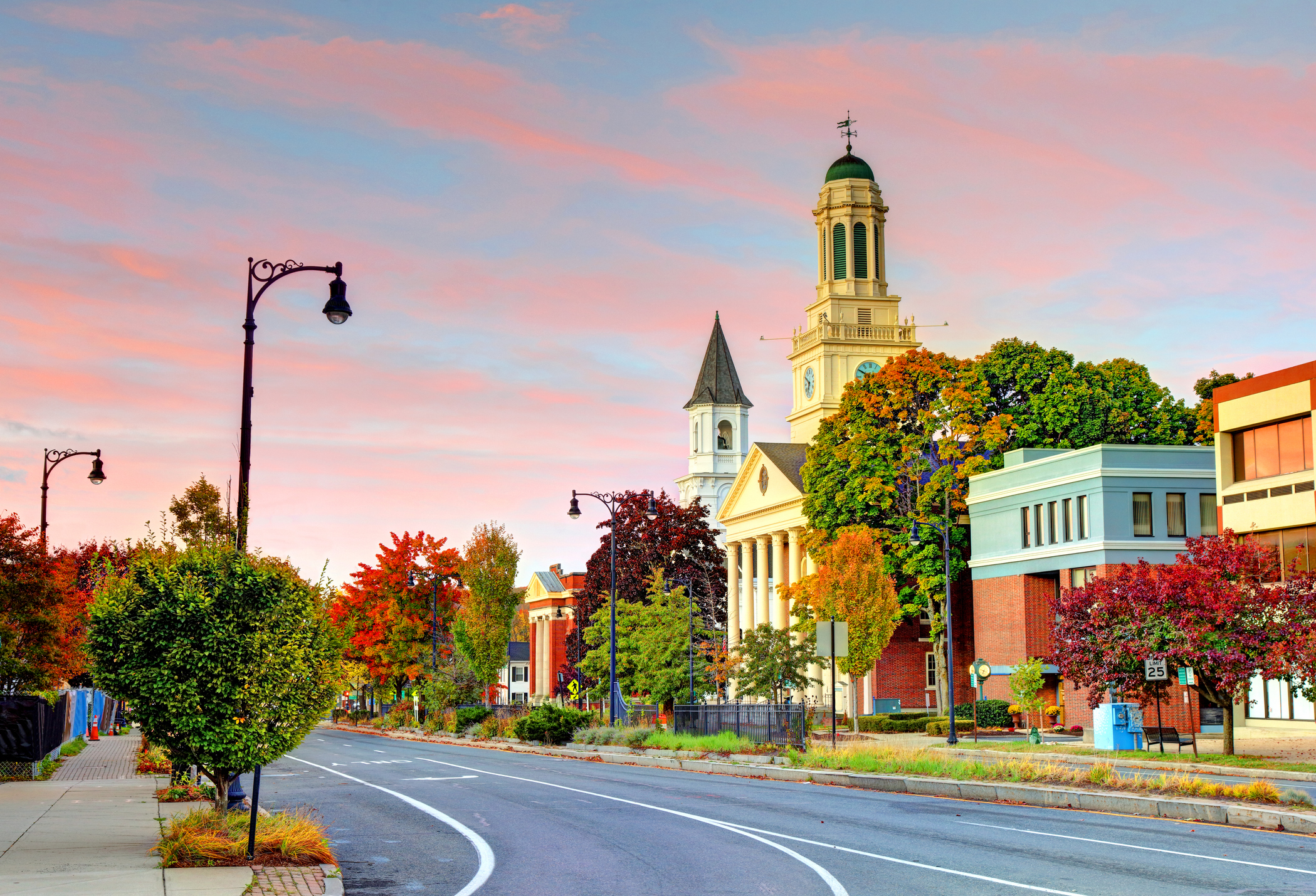
4. Pittsfield, Massachusetts
- Average low temperature in January: 15
- Average high temperature in July: 81
- Cost of living: 4.1% below the average
- Share of population 65-plus: 20.1%
- Massachusetts State Tax Guide
- Heat factor: Minor; 70% of properties are at minor risk of heat in the next 30 years
New England is notoriously expensive, but Pittsfield offers a small pocket of relative affordability. Overall, living costs are are lower than the national average, and much more reasonable than in Boston, where the cost of living is 50.8% above the U.S. average, or Cambridge, at 44.7% above average.
Housing is also notably affordable: The average Pittsfield home value is $300,789, compared with $658,231 for all of Massachusetts, $807,967 for Boston proper and $1,065,454 in Cambridge.
Leaf peeping in the fall might be enough to draw you to the Berkshires. But you have plenty to enjoy all year round, including excellent sites for camping, fishing, hiking and skiing. You can also enjoy musical performances at the nearby Tanglewood Music Center, the summer home of the Boston Symphony Orchestra.
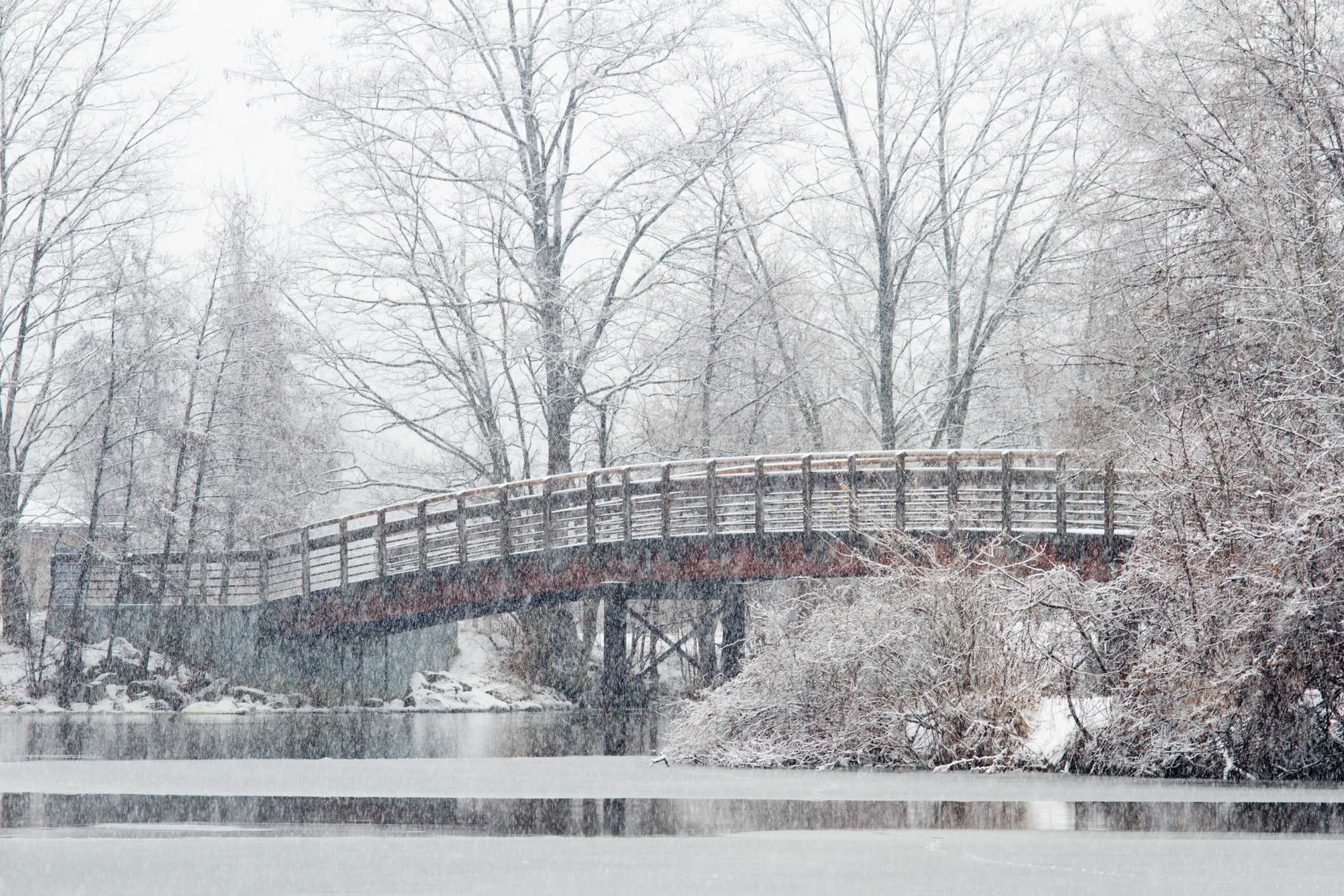
5. Ann Arbor, Michigan
- Average low temperature in January: 17
- Average high temperature in July: 84
- Cost of living: 5.5% above average
- Share of population 65-plus: 12.7%
- Michigan State Tax Guide
- Heat factor: Moderate; 89% of properties are at moderate risk of heat in the next 30 years
Another college town well suited to retirees, Ann Arbor is home to the University of Michigan with all its educational programs (including the Osher Lifelong Learning Institute, which offers college classes for seniors), sporting events and cultural affairs.
The university also runs the Geriatrics Center and Institute of Gerontology, which focuses on health care issues that come with aging. Along with its research and medical facilities and staff, the Center offers programs and classes to help older adults maximize their good health and independence. U.S. News ranked the University of Michigan Health-Ann Arbor as second best hospital in Michigan.
A downside to Ann Arbor, however, is affordability. The average home value is $526,671 vs $257,300 for the rest of the state.
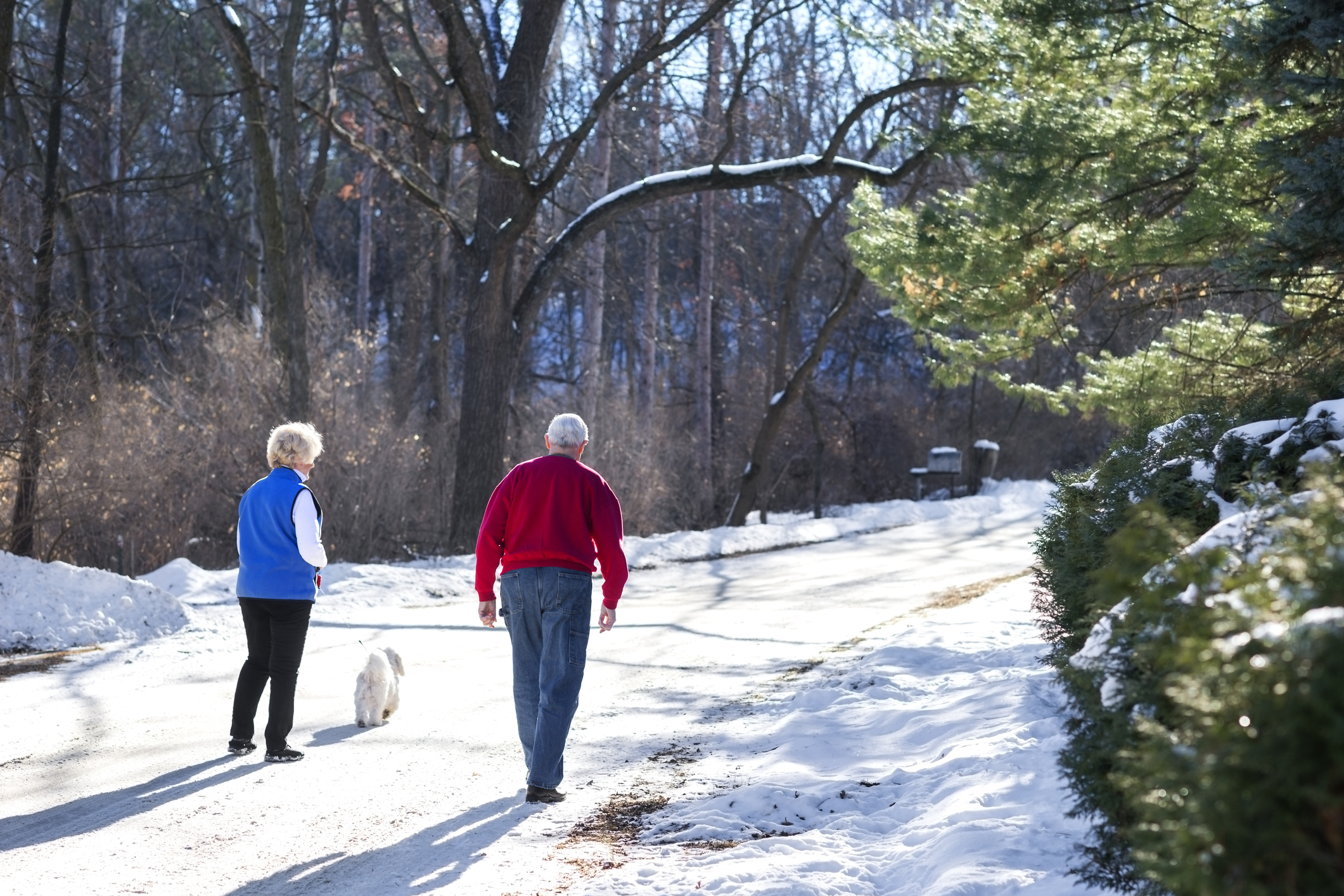
6. Rochester, Minnesota
- Average low temperature in January: 8
- Average high temperature in July: 80
- Cost of living: 5.8% below U.S. average
- Share of population 65-plus: 16%
- Minnesota State Tax Guide
- Heat factor: Minor; 92% of properties are at minor risk of heat in the next 30 years
If the cold winters and equally harsh tax situation don't put you off the North Star State, Rochester is a great place to retire. You can stroll the city's 85 miles of paved trails and check out Quarry Hill Nature Center in the spring, visit an apple orchard or pumpkin patch in the fall and enjoy skiing or ice skating in the winter.
It also offers an abundance of health care providers, including the renowned Mayo Clinic, hospital units specializing in Alzheimer's and top-rated nursing homes.
The average home value in Rochester is $335,291, compared with the state average of $346,239.
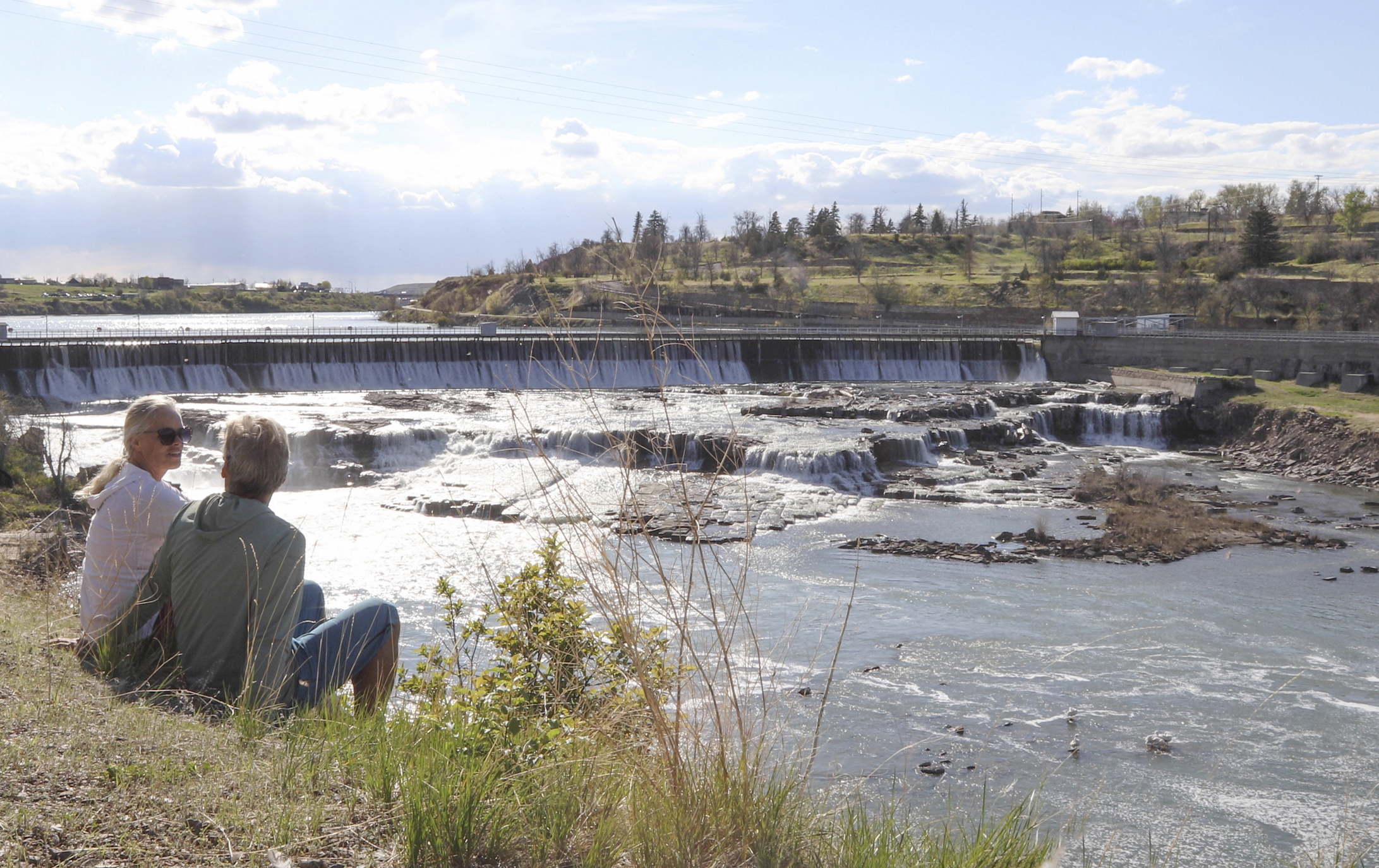
7. Great Falls, Montana
- Average low temperature in January: 18
- Average high temperature in July: 87
- Cost of living: 12.1% below U.S. average
- Share of population 65-plus: 20%
- Montana State Tax Guide
- Heat factor: Minor; 98% of properties are at minor risk of heat in the next 30 years
Adventurous retirees (with a high threshold for cold winters) can thrive in Great Falls, located on the high plains of Montana's Rocky Mountain Front Range.
This portion of Big Sky Country hosts its fair share of hiking, skiing, mountain biking and kayaking. The area has about 60 parks and 40 miles of trails along the scenic Missouri River. If that's not enough, Yellowstone and Glacier National Parks can be great weekend trip destinations; they're about four and three hours away, respectively.
Another plus: The cost of living is relatively affordable. The average Great Falls home value is $328,153, compared with $461,988 for the state of Montana.
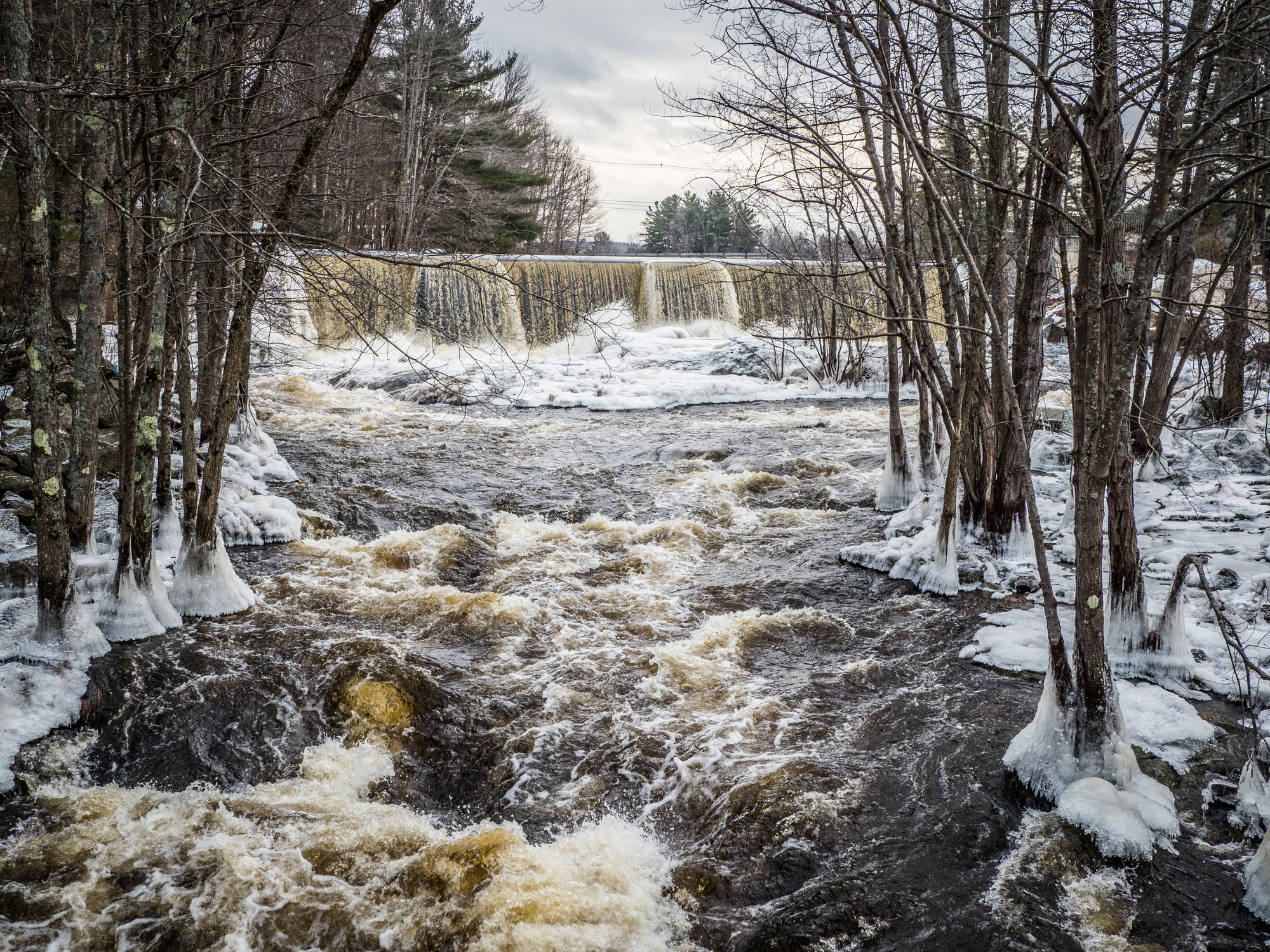
8. Peterborough, New Hampshire
- Average low temperature in January: 12
- Average high temperature in July: 80
- Cost of living: 10.7% above national average
- Share of population 65-plus: 28.5%
- New Hampshire State Tax Guide
- Heat factor: Moderate; 82% of properties are at moderate risk of heat in the next 30 years
Where better to retire and "realize life while you live it — every, every minute" than the place that (in part) inspired Our Town's Grover's Corners?
Renowned author and playwright Thornton Wilder spent many summers in Peterborough and penned portions of his most famous play at the MacDowell Colony. The artist retreat continues its mission today, hosting and inspiring talented individuals while they create. It invites the community to its various exhibitions every first Friday of the month from March to November for free.
The real-life representation of classic small-town America, Peterborough is a peaceful home to 6,400 people.
There's a nice selection of restaurants in town and plenty of outdoor recreation to enjoy, including nearby snowshoeing, hiking, skiing and taking in the scenic mountain views. The town's recreation department also offers a senior fit program with exercise classes.
For all that, the average home value is $468,873, compared with $494,992 for the rest of the state.
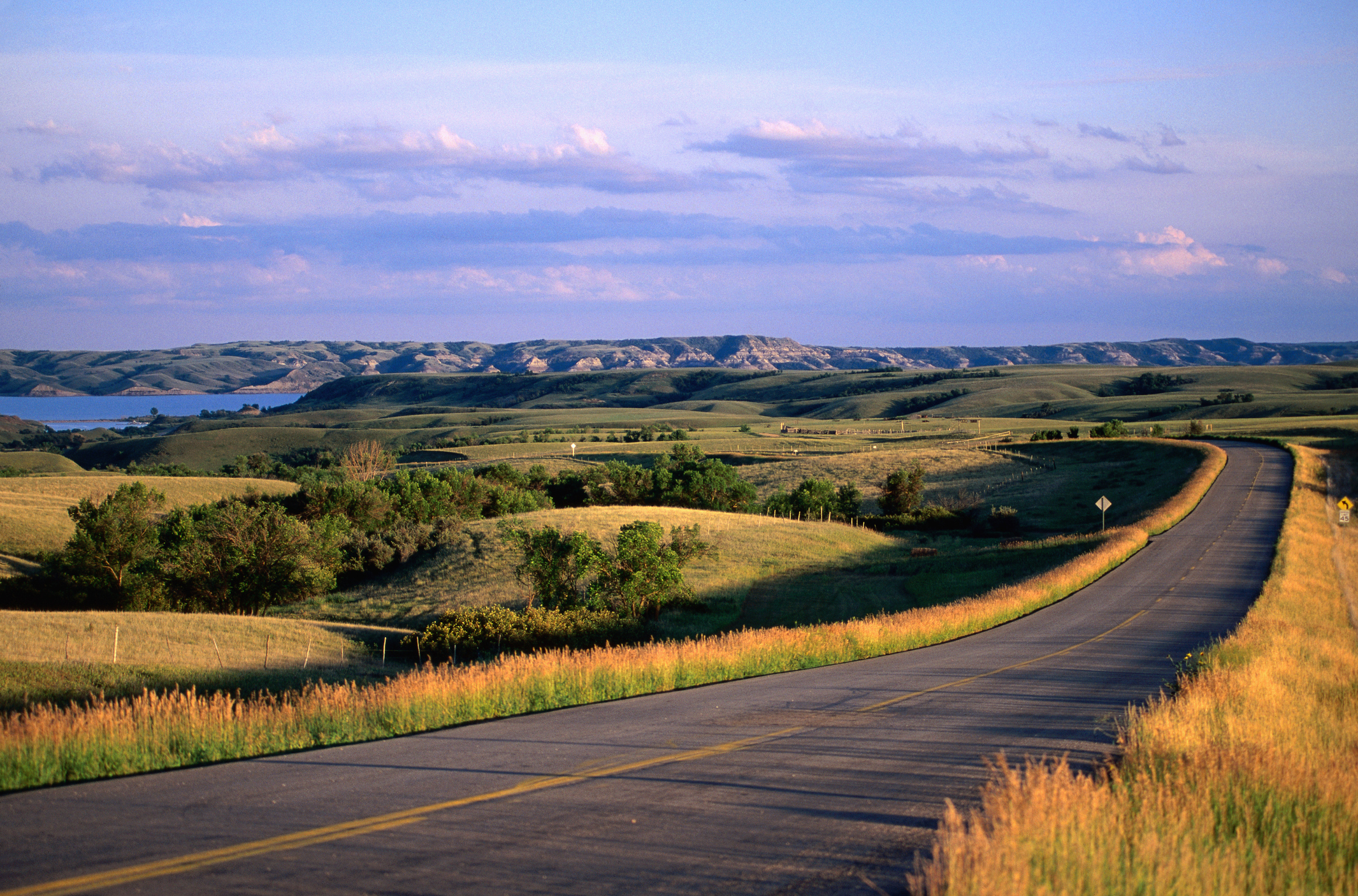
9. Bismarck, North Dakota
- Average low temperature in January: 6
- Average high temperature in July: 84
- Cost of living: 4.8% below U.S. average
- Share of population 65-plus: 18.7%
- North Dakota State Tax Guide
- Heat factor: Minor; 99% of properties are at minor risk of heat in the next 30 years
The capital of the Peace Garden State offers a strong economy that allows your retirement to bloom.
If you're considering an encore career, Bismarck is a good choice. It boasts employment opportunities for older adults, particularly in the service sector and has a robust presence of quality health care.
If you' want a more leisurely retirement, there are several biking and hiking trails and parks around the city, as well as on the banks of the Missouri River. You can also enjoy cruising, boating, kayaking and canoeing the river during warmer months.
Living costs are slightly lower than the national average but pricier than most of the state. The average home value in Bismarck is $360,423, while the rest of the state sports a $278,735 median.
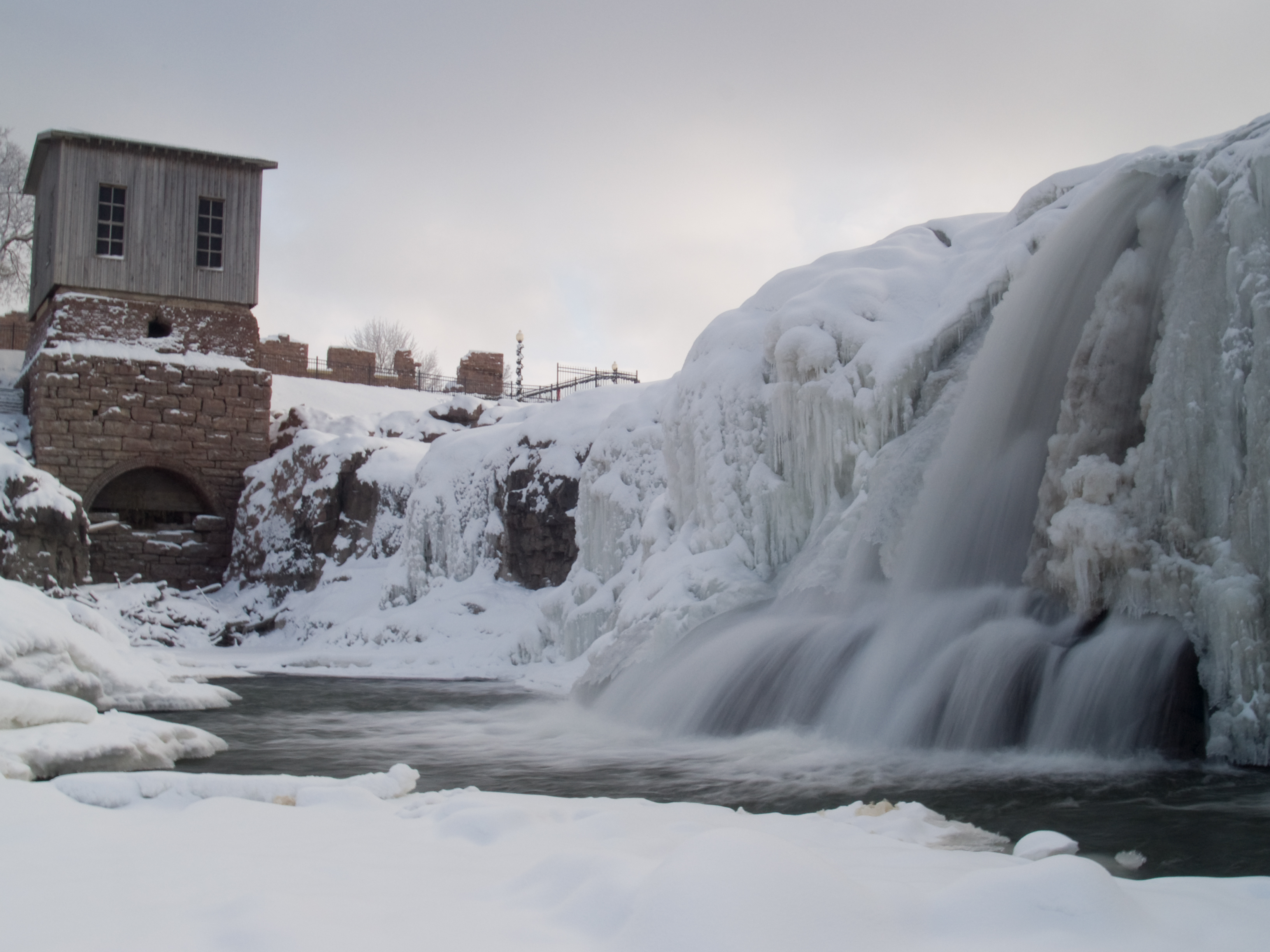
10. Sioux Falls, South Dakota
- Average low temperature in January: 6
- Average high temperature in July: 85
- Cost of living: 9.3% below U.S. average
- Share of population 65-plus: 13.7%
- South Dakota State Tax Guide
- Heat factor: Minor; 94% of properties are at minor risk of heat in the next 30 years
If you've never considered moving to South Dakota, perhaps you should. For one thing, it's easy to avoid crowds there. The entire Mount Rushmore State is home to just over 925,000 people.
Sioux Falls boasts many advantages, including a booming economy, low unemployment, hospitals specializing in geriatric services and the city's recreational activities (including regularly scheduled pickleball).
However, the average home value in Sioux Falls is $332,188, compared with $316,374 for the state.

11. Burlington, Vermont
- Average low temperature in January: 10
- Average high temperature in July: 81
- Cost of living: 12.4% above U.S. average
- Share of population 65-plus: 12.1%
- Vermont State Tax Guide
- Heat factor: Moderate; 80% of properties are at moderate risk of heat in the next 30 years
This small mountain city on the shores of Lake Champlain is a picturesque setting for tree-hugging retirees.
Outdoor recreation is plentiful with miles of hiking and biking paths, nearby beaches where you can swim, kayak or paddleboard in the warmer months, and numerous skiing options.
An eco-friendly vibe permeates the town, from the businesses bolstering the city's economy, such as household-products maker Seventh Generation, to the local food movement feeding the neighborhood.
But being green isn't easy on your wallet. Taxes and living costs are high. The average home value is $398,892 in the Green Mountain State and $525,222in Burlington.
However, at least you can save money on academic pursuits; the University of Vermont will cover tuition costs for state residents age 65 and older who wish to take a college class or more, even if it's for credit.
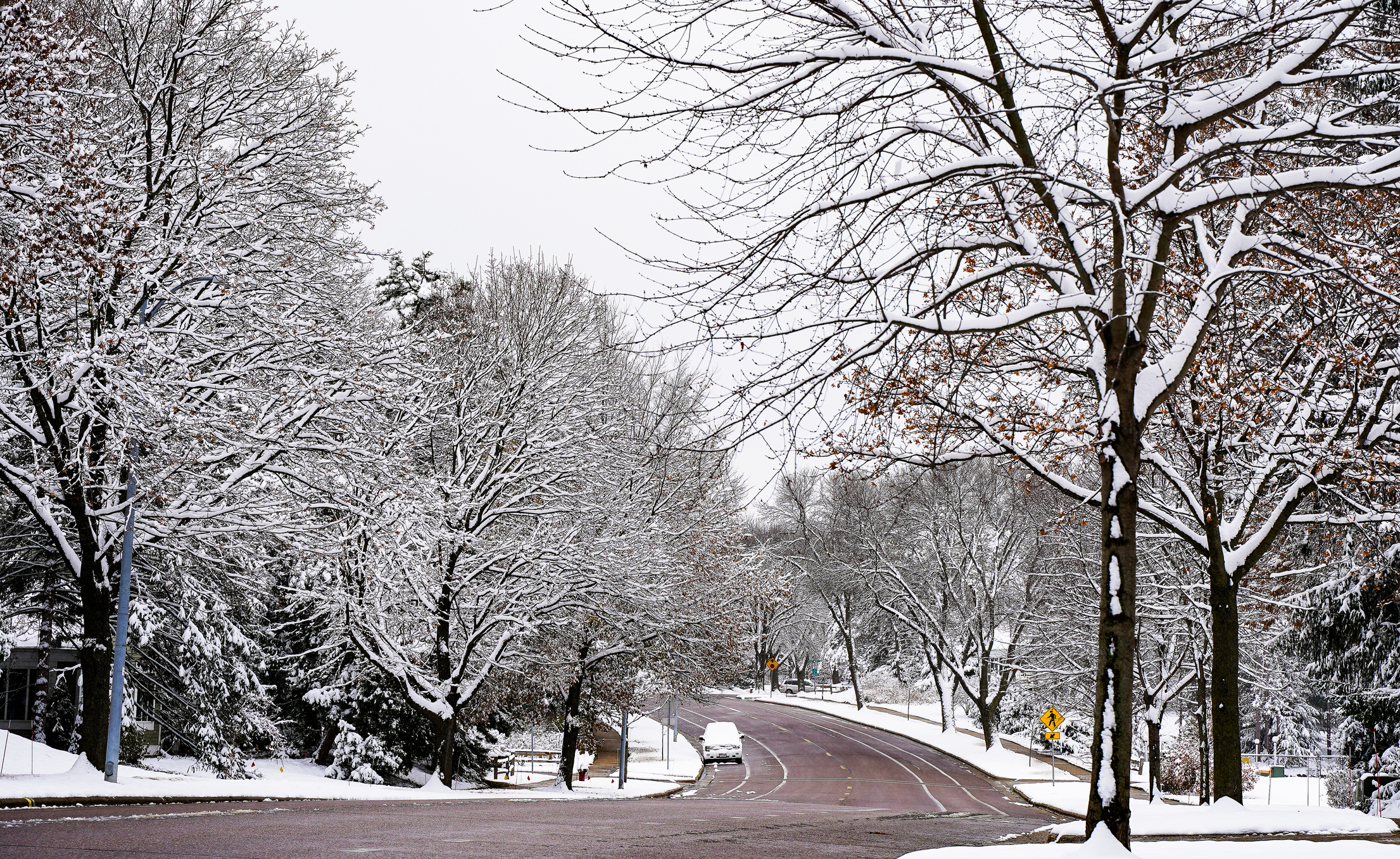
12. Madison, Wisconsin
- Average low temperature in January: 8
- Average high temperature in July: 83
- Cost of living: 3.4% above U.S. average
- Share of population 65-plus: 12.7%
- Wisconsin State Tax Guide
- Heat factor: Minor; 98% of properties are at minor risk of heat in the next 30 years
The Badger State capital and home to the University of Wisconsin, Madison has a strong economic base to support a thriving retirement.
Other winning attributes include an abundance of quality health care (Mayo Clinic is an easy 4-hour drive across the Minnesota border), academic and other opportunities afforded by the university, and plenty of museums, libraries and recreational facilities.
Home values are on the higher side at $426,243, compared with a state average of $325,770.
Related content
Profit and prosper with the best of Kiplinger's advice on investing, taxes, retirement, personal finance and much more. Delivered daily. Enter your email in the box and click Sign Me Up.

Rapacon joined Kiplinger in October 2007 as a reporter with Kiplinger's Personal Finance magazine and became an online editor for Kiplinger.com in June 2010. She previously served as editor of the "Starting Out" column, focusing on personal finance advice for people in their twenties and thirties.
Before joining Kiplinger, Rapacon worked as a senior research associate at b2b publishing house Judy Diamond Associates. She holds a B.A. degree in English from the George Washington University.
- Donna FuscaldoRetirement Writer, Kiplinger.com
- Erin BendigPersonal Finance Writer
-
 The Rule of Compounding: Why Time Is an Investor's Best Friend
The Rule of Compounding: Why Time Is an Investor's Best FriendDescribed as both a "miracle" and a "wonder," compound interest is simply a function of time.
-
 4 Great Tools to DIY Your Own Financial Plan
4 Great Tools to DIY Your Own Financial PlanSmart Savings Several tools picked out by Kiplinger that DIYers can use to make their own financial plan.
-
 The 7-Month Deadline That Sets Your Lifetime Medicare Premiums
The 7-Month Deadline That Sets Your Lifetime Medicare PremiumsUnderstanding Medicare enrollment is crucial, as missing deadlines can lead to permanent late enrollment penalties and gaps in coverage.
-
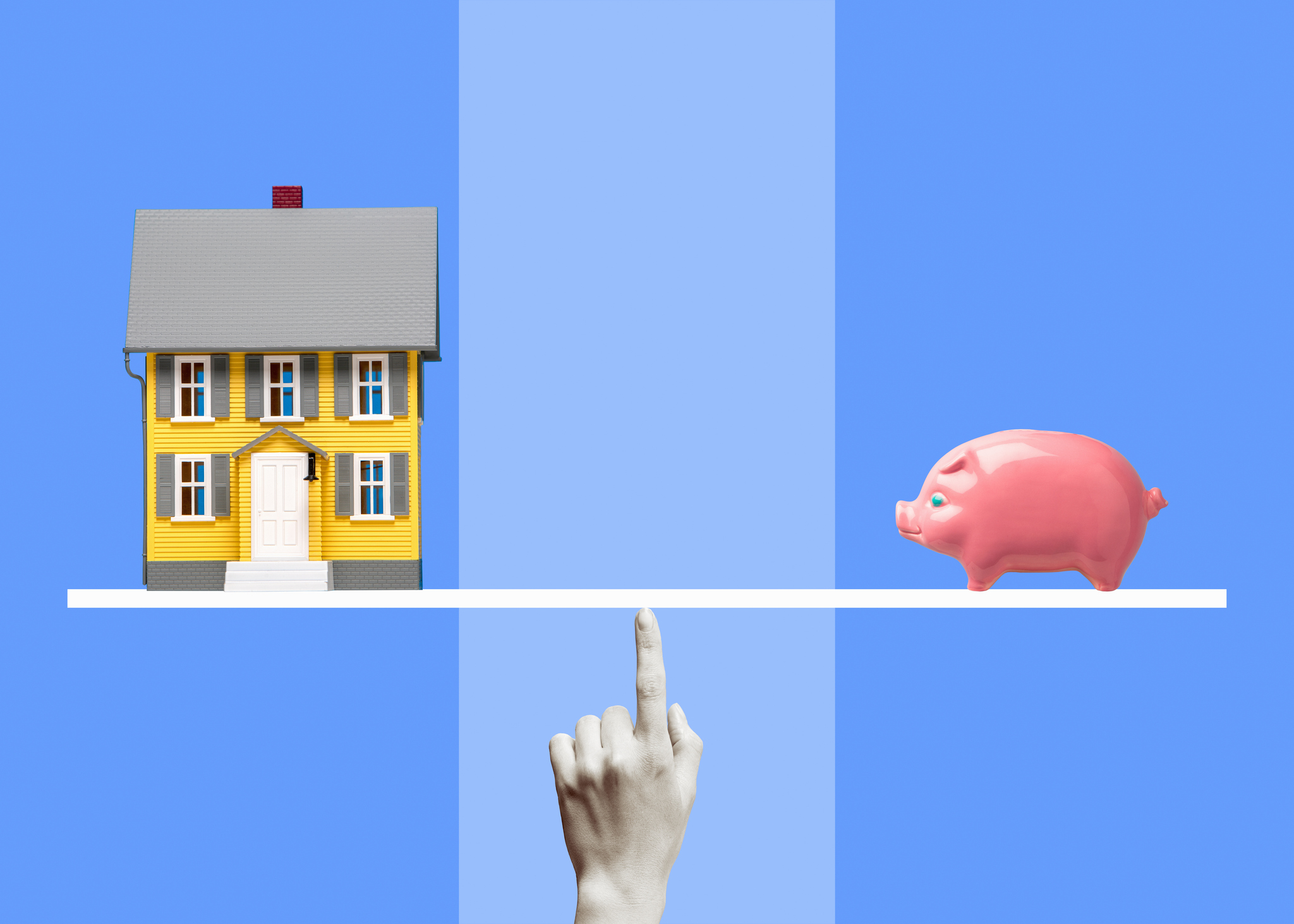 How Much Income You Really Need to Afford a $500,000 Home
How Much Income You Really Need to Afford a $500,000 HomeAs home prices increase, the income needed for a house is also climbing. We break down what you need to earn to afford a $500,000 home.
-
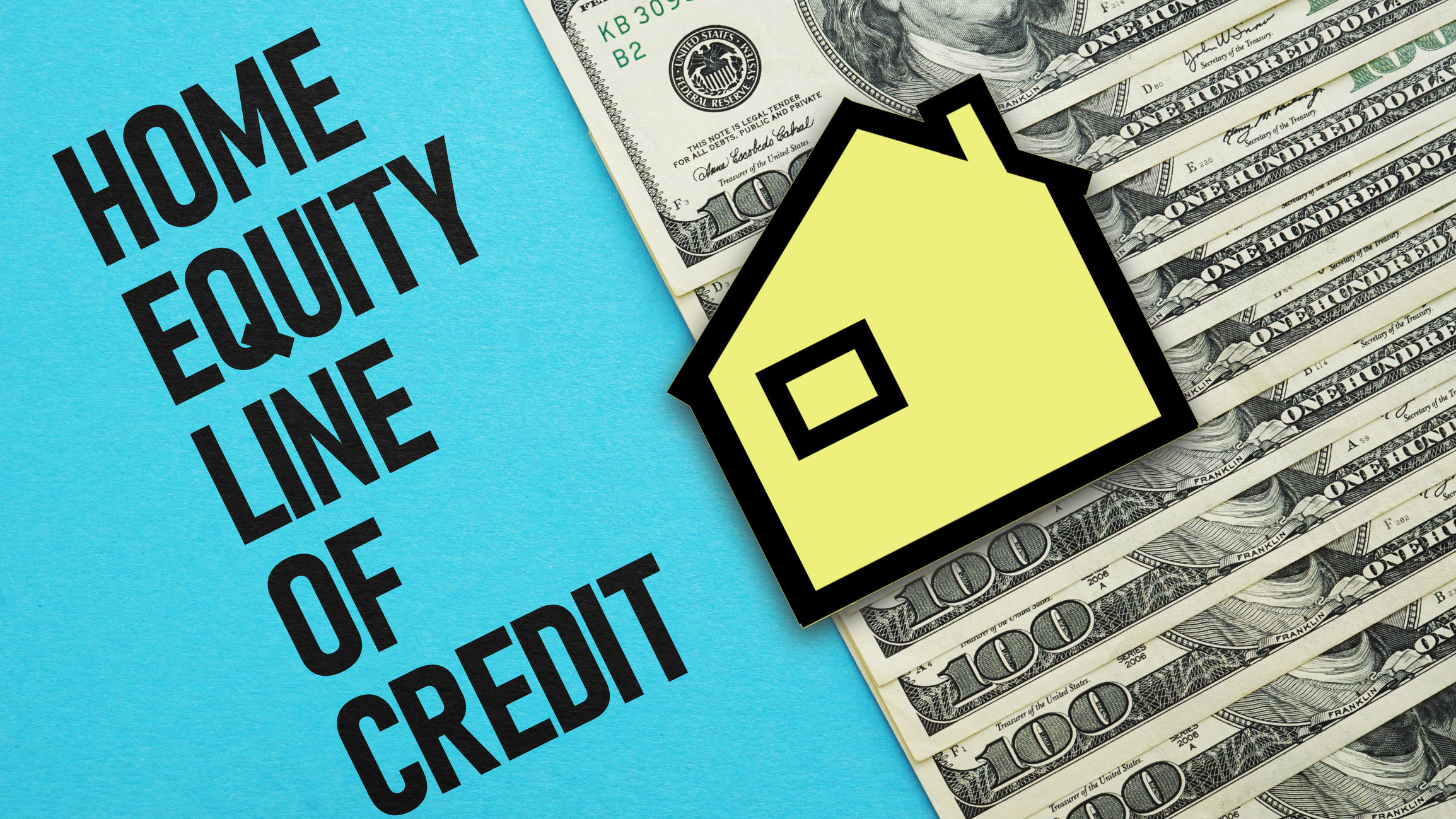 How Much Would a $50,000 HELOC Cost Per Month?
How Much Would a $50,000 HELOC Cost Per Month?Thinking about tapping your home’s equity? Here’s what a $50,000 HELOC might cost you each month based on current rates.
-
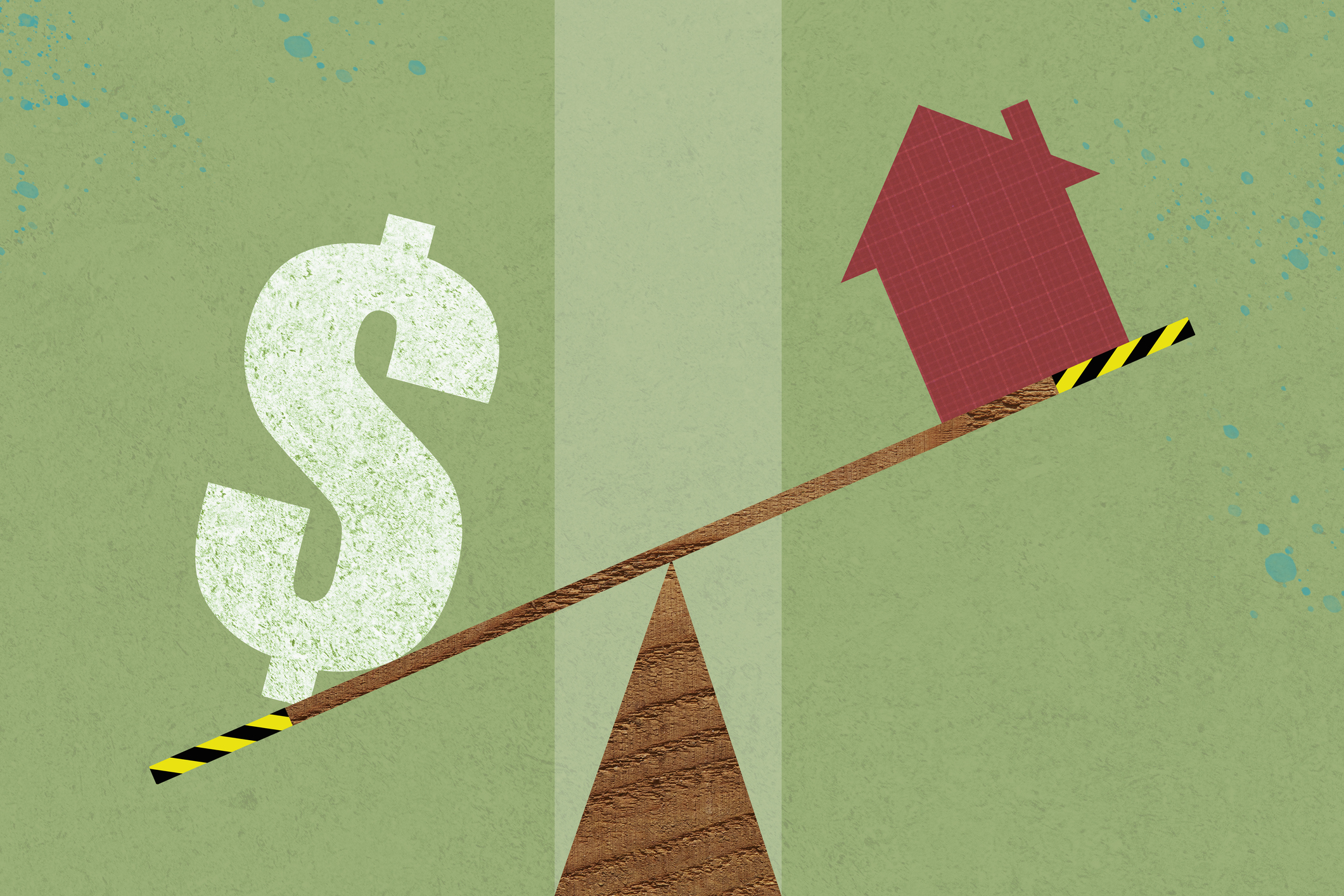 Should You Tap Your Home Equity Before 2026?
Should You Tap Your Home Equity Before 2026?As borrowing rates and tax law shifts converge, here's what homeowners need to know before pulling equity out of their home.
-
 11 Cities With the Cheapest Groceries in the US
11 Cities With the Cheapest Groceries in the USIf you live in one of these 11 cities, you're paying less than the rest of the country to keep your fridge stocked.
-
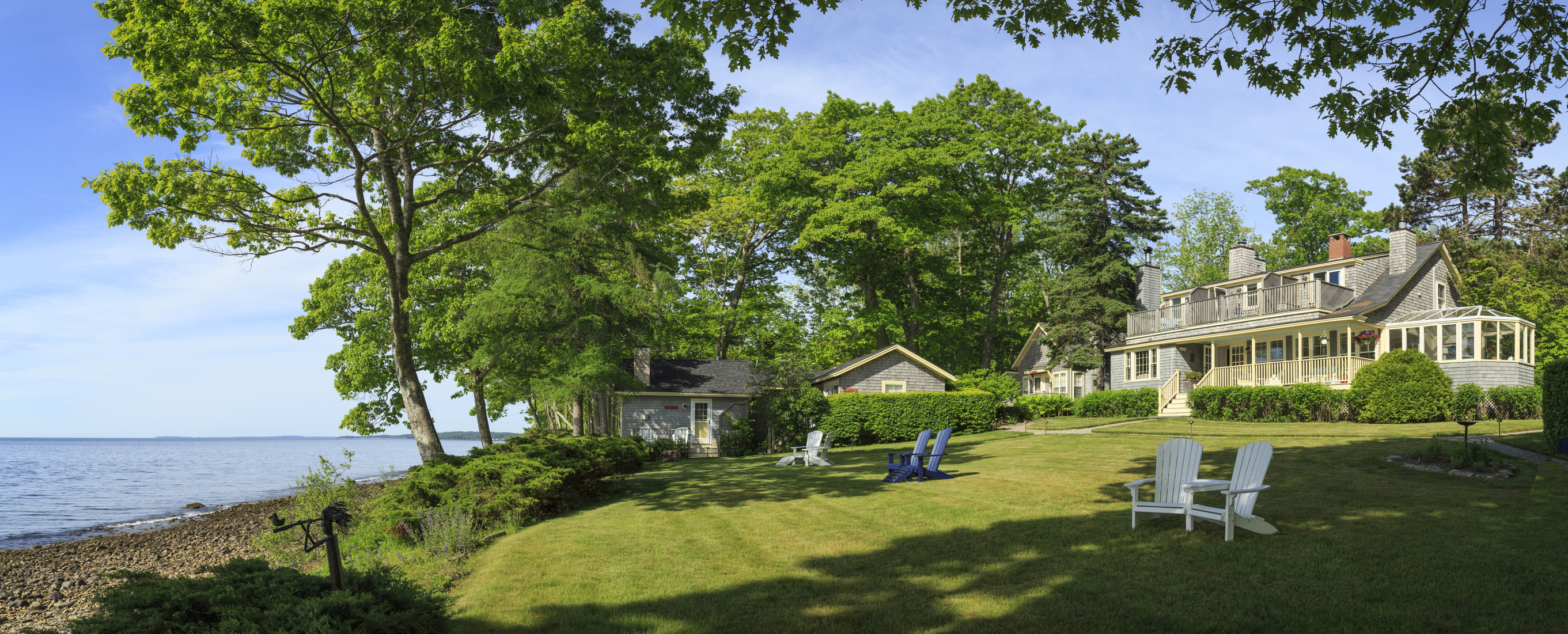 My $1.2 Million Vacation Home Has a $360K Mortgage. I Don't Need My Upcoming $45K RMD. Should I Use It to Pay Down the Mortgage?
My $1.2 Million Vacation Home Has a $360K Mortgage. I Don't Need My Upcoming $45K RMD. Should I Use It to Pay Down the Mortgage?We asked wealth planners for advice.
-
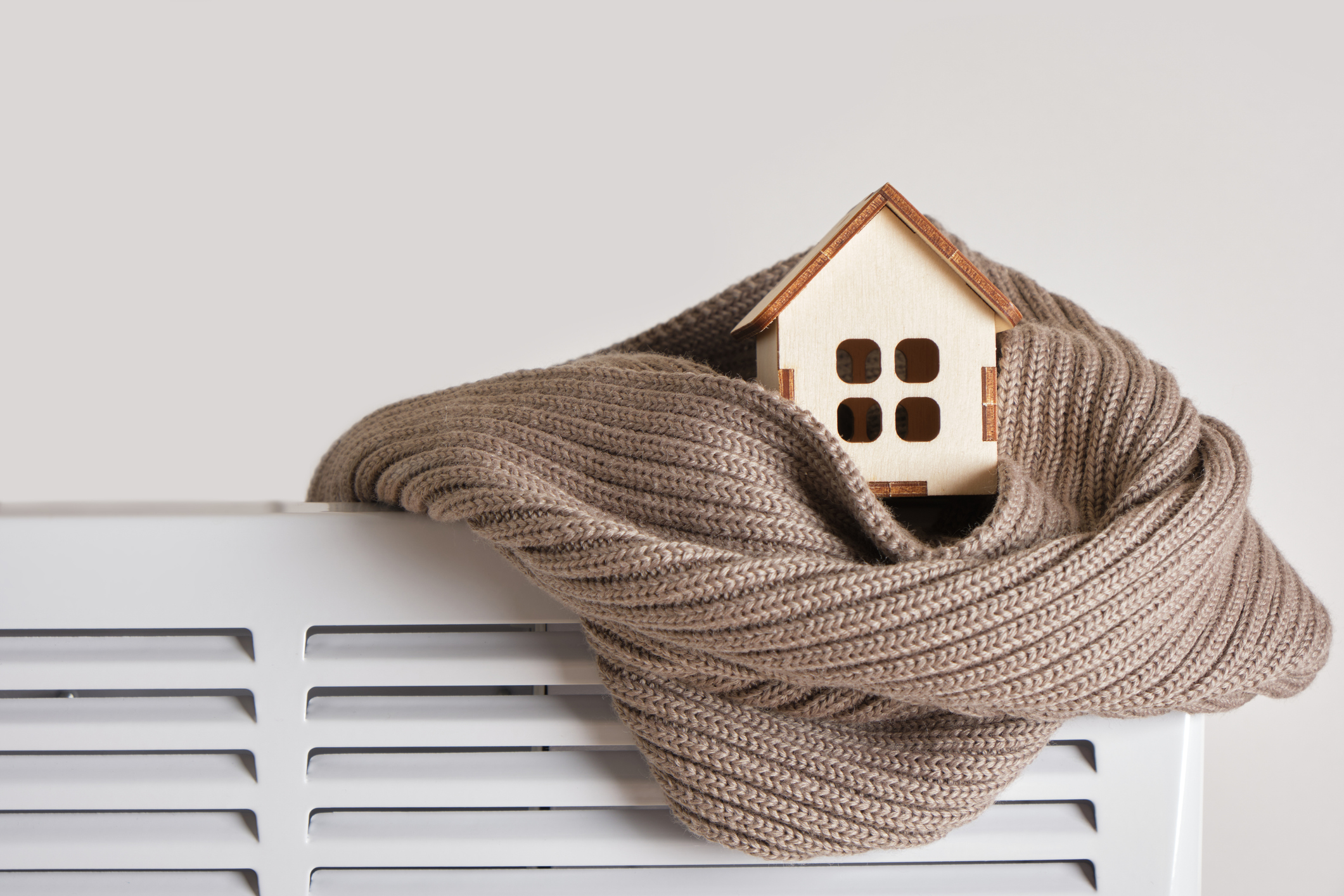 5 Simple Fixes to Save on Heat Bills This Winter
5 Simple Fixes to Save on Heat Bills This WinterWith fuel prices expected to rise 10% or more this winter, making your home more energy efficient will really pay off.
-
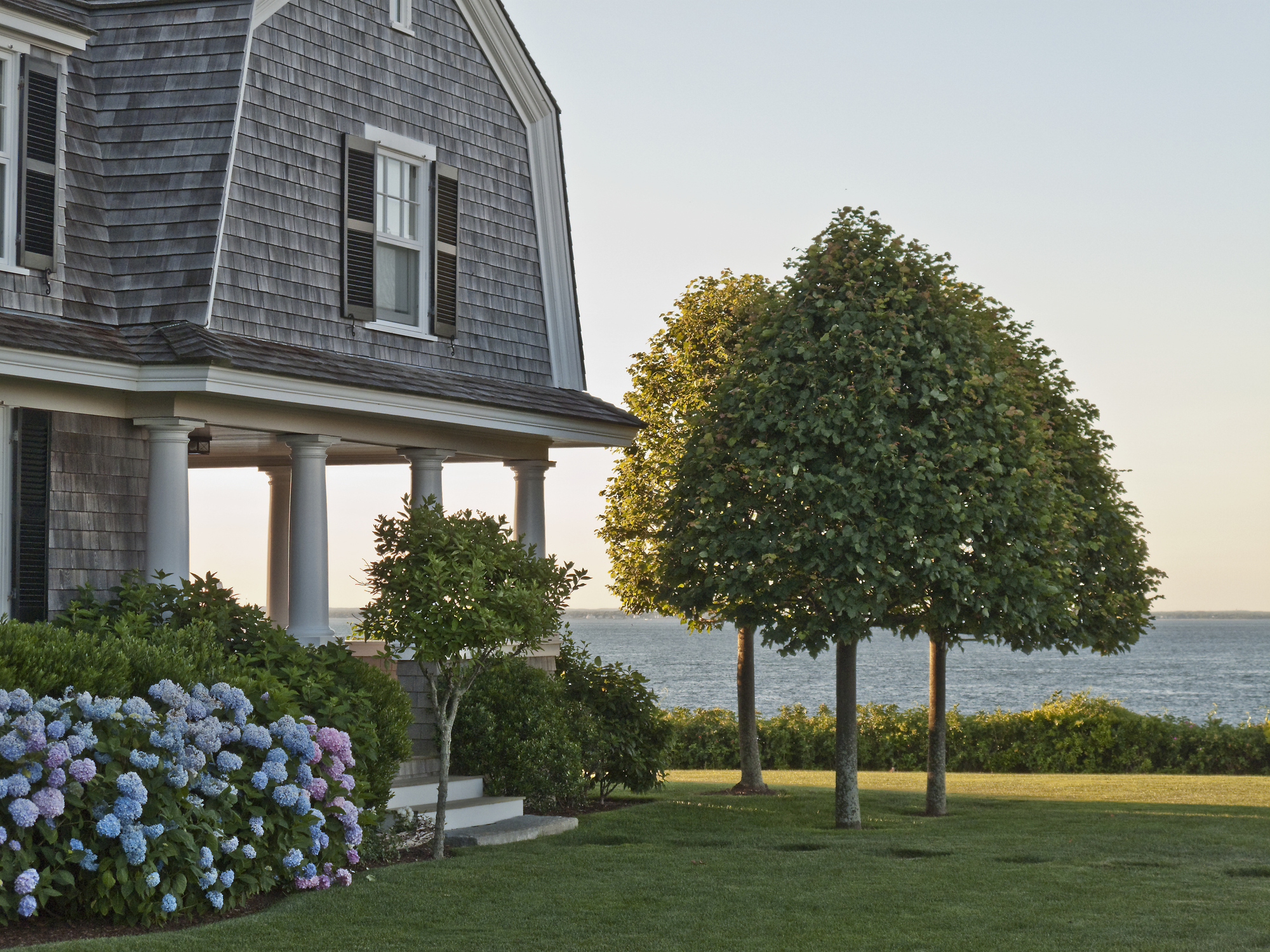 5 Charming Small Towns Where America's Wealthy Retire
5 Charming Small Towns Where America's Wealthy RetireDiscover 5 small communities in the U.S. for affluent retirees — where charm outweighs the cost.
-
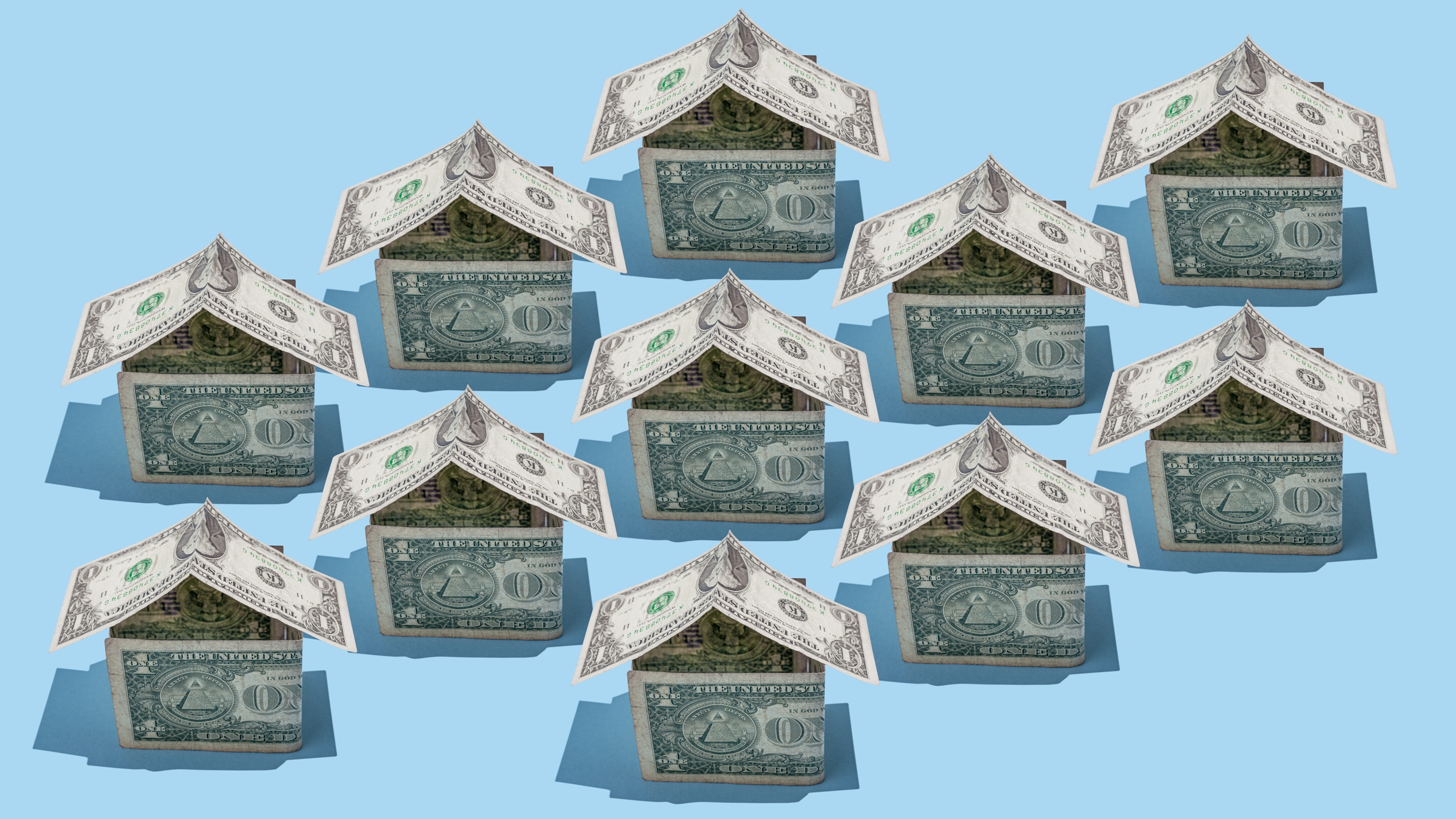 I'm a Real Estate Investing Pro: This High-Performance Investment Vehicle Can Move Your Wealth Up a Gear
I'm a Real Estate Investing Pro: This High-Performance Investment Vehicle Can Move Your Wealth Up a GearLeave online real estate investing to the beginners. Accredited investors who want real growth need the wealth-building potential of Delaware statutory trusts.